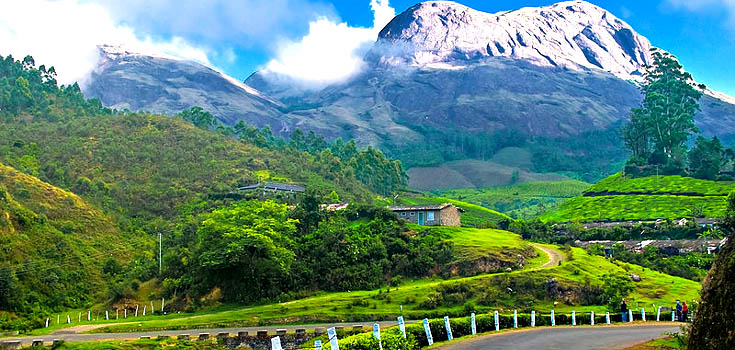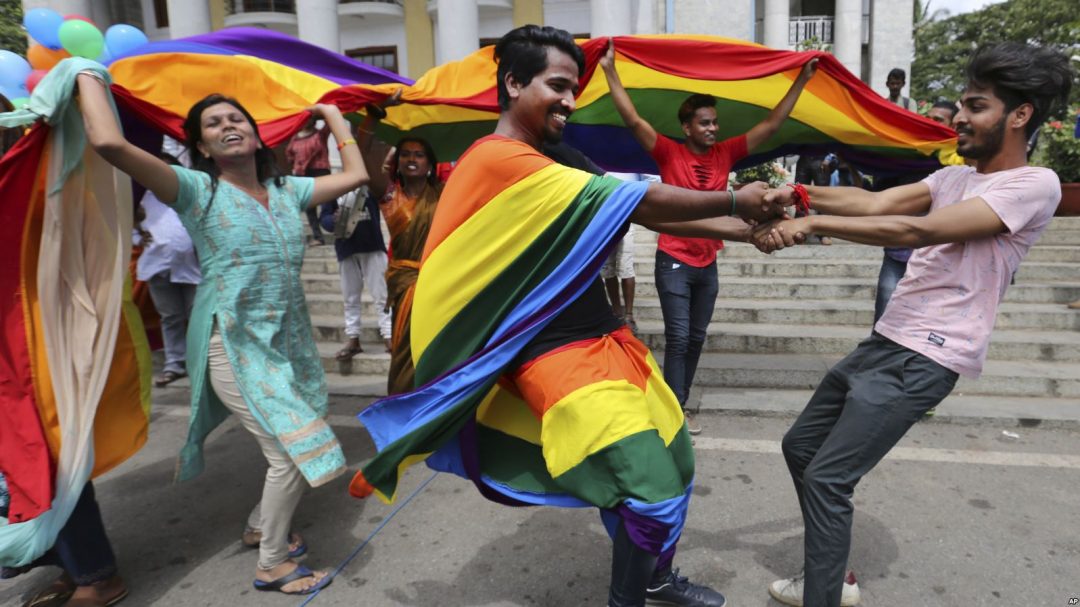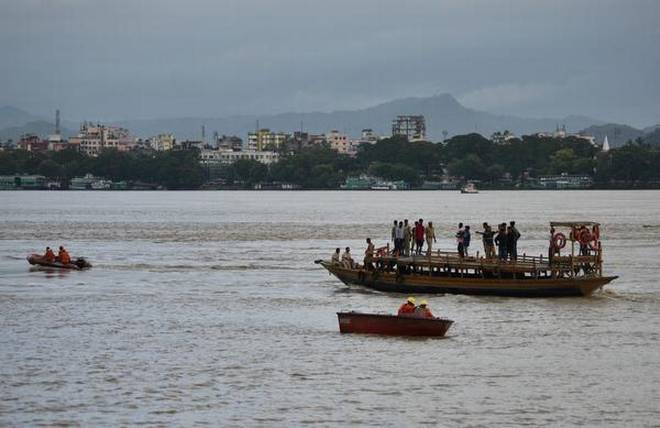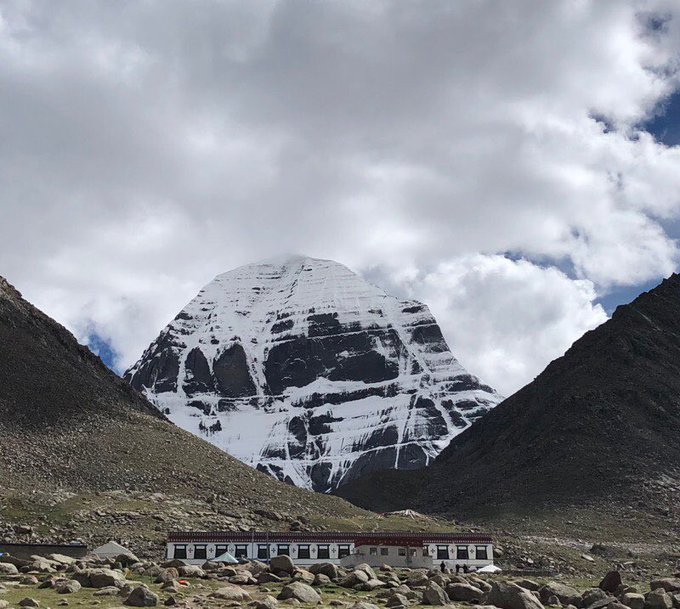Smitten with kittens: advert for cat caring job on Greek isle brings deluge of candidates
As job offers go it’s hard to beat. Office location: island idyll with panoramic view of the Aegean sea in the “small paradise” of Syros, in the Cyclades, south-east Greece. Remuneration: all expenses paid.
There’s just one catch. The dream post comes with 55 feline friends – some young, some old, but all of whom need plenty of love and attention.
Any would-be feline carer would need to be “a mature and genuinely passionate cat lover” and also know how to handle cats in all circumstances, the job advert says.
“From experience, the job is most suitable for someone 45+ years of age, who’s responsible, reliable, honest, practically inclined – and really with a heart of gold! You will at times be expected to trap or handle a feral or non-sociable cat … so cat whispering skills should come natural to you.”
When Joan Bowell posted the job offer on Facebook on 5 Augustshe was not expecting to be deluged by respondents. But the artist’s unusual advert – and the enticing pictures of God’s Little People Cat Rescue, her non-profit sanctuary on the island – has gone viral “in the truest sense of the word”.
Bowell, 51, has now received so many messages from candidates that on Sunday night she was forced to post a follow-up notice pleading for interested parties to follow her guidelines and “only write if making life better for Greek rescue cats is your burning desire!”



















